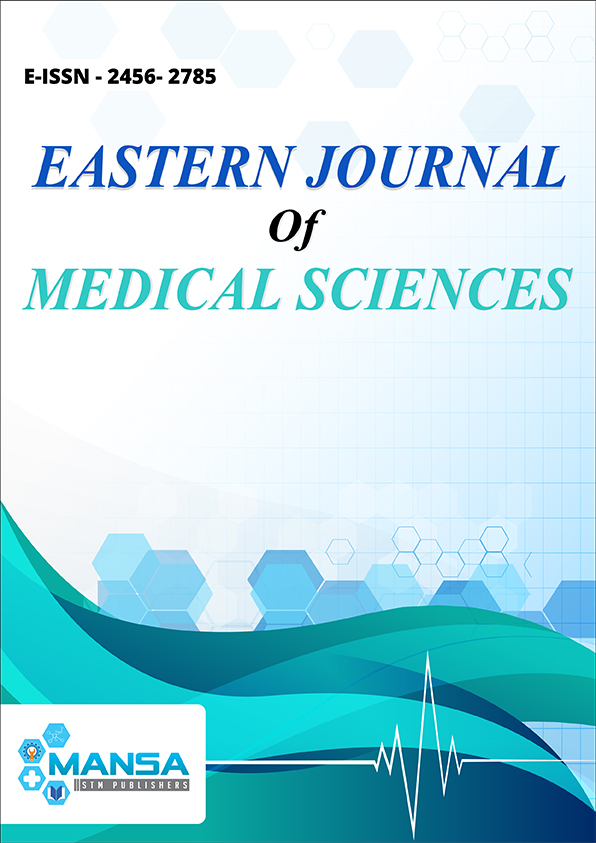The effect of geraniol dressing obtained from rose oil wound healing in diabetic rats
DOI:
https://doi.org/10.32677/ejms.v7i2.3219Keywords:
Diabetic Foot, Rat, Geraniol, Hydrocolloid Cover, Rose oilAbstract
Introduction: Diabetic foot is one of the most important chronic complications of diabetes mellitus. In this study, the aim was to investigate the healing effect of dressing with geraniol material obtained from rose oil. Materials and Methods: The experimental period of the study was carried out between June 2, 2016, and 27, 2016. Sprague-Dawley rats were used and three experimental, two control groups were formed. In the study conducted with a total of 40 rats, each group consisted of eight rats. Geraniol dressing, isotonic wet dressing, and hydrocolloid wound dressing were applied topically once a day to the first, second, and third groups, respectively. No dressing was applied to the positive and negative control groups. Index of oxidative stress of wound healing was assessed by total antioxidant status/total oxidant status measurements. Results: Due to the macroscopic results, it was determined that wound score was significantly decreased on day 3 in the first group and non-diabetic groups compared with other groups. When the microscopic findings were compared with day 0, in the first group, significant decrease of the level of collagen density and epithelization was observed on day 10. In the first group, increase in fat cells had become significant than other groups. In the CD34, SMA and vimentin staining, the first group showed superiority to other dressings. In the last measurements, the highest drop was seen in geraniol dressed and negative control groups. Conclusion: According to the study, geraniol dressed group provided similar wound healing with negative control group and showed superiority to the other products used as a standard in wound care.
Downloads
Downloads
Published
Issue
Section
License
Copyright (c) 2022 S?dd?ka Ersoy, Aynur Türeyen, Ay?e Kocabiyik, Yeliz Arman Karakaya

This work is licensed under a Creative Commons Attribution-NonCommercial-NoDerivatives 4.0 International License.

